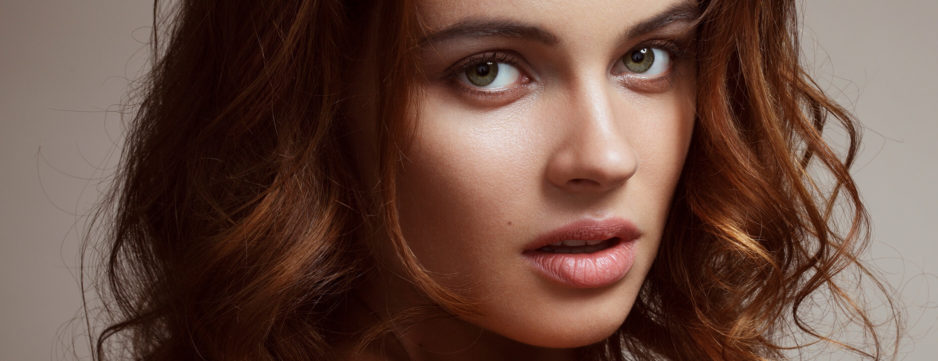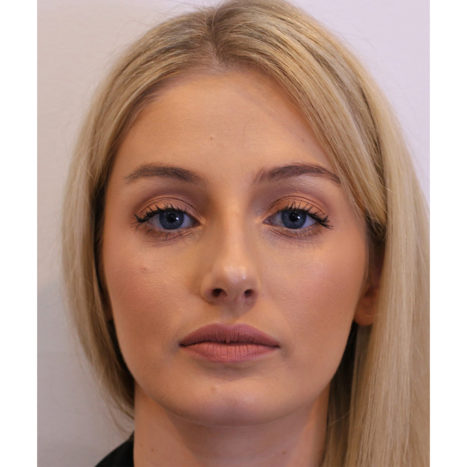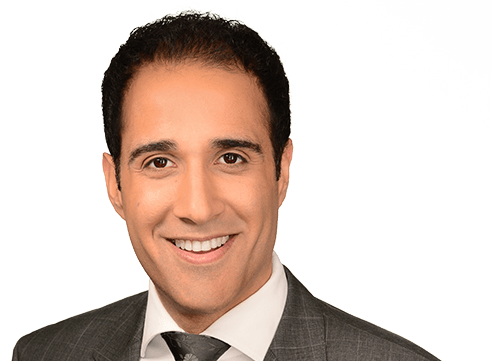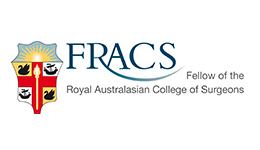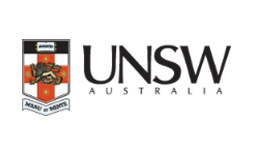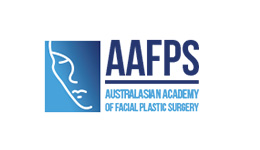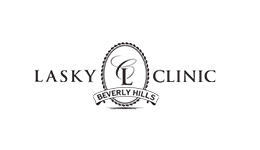Revision rhinoplasty
What went wrong during my primary Rhinoplasty?
Rhinoplasty is one of the most challenging facial reconstructive procedures. There is a delicate balance between form and function of the nose. Far too often surgeons compromise one at the other’s expense. When rhinoplasty is performed to alter the size and shape of the nose, it can disrupt the ability to breath properly. Also, improvements in breathing may have caused a disturbance in the way your nose looks.
As a result both aesthetics and breathing must be taken into consideration during rhinoplasty surgery.
Am I a Candidate for Revision Rhinoplasty?
Each patient’s complication is unique therefor surgical treatment must be individually customised to match the patient’s aesthetic and functional needs. During your consultation, Dr Choroomi will evaluate your nose. Photography and digital imaging will be performed to show what cosmetic changes may be possible with revision rhinoplasty surgery.
Be prepared to discuss:
- Your previous operation(s).
- Why you want revision rhinoplasty, including expectations and outcome.
- Medical conditions, drug allergies, and medical treatments.
- Family medical history.
- Use of current medications, vitamins, and herbal supplements.
Please bring:
- Previous operation reports.
- Before and after pictures from all operations.
If revision rhinoplasty surgery is right for you, Dr Choroomi will develop a treatment plan based on your needs. Patients will need to wait a full year before Dr Choroomi will consider performing revision rhinoplasty. Operating before this time would be a disservice as your tissues have not completely softened and swelling has not full subsided. Waiting a full year decreases the possibility of other irregularities being overlooked. During all cosmetic consultations all patients will undergo psychological screening and we may refer you to a psychologist.
How is Revision Rhinoplasty Performed?
The goal of revision rhinoplasty is to return form and function after a primary rhinoplasty. Dr Choroomi performs this procedure under general aesthetic. The length of the procedure can vary anywhere between 2-6 hours. An “open” technique is used for all revision cases. A small incision is placed across the nostrils and the tissue is lifted allowing better visibility.
Specific techniques used during revision rhinoplasty depend on the aim of the surgery. Shaving and refining techniques may be used to remove or reshape excess cartilage or bone in the nose. In more complicated cases where the nose needs to be rebuilt or restructured, cartilage from your own ear, rib or temple is used. The cartilage is harvested, carved and contoured to replace the cartilage (and bone) removed from previous surgeries.
Throughout the procedure Dr Choroomi checks to ensure there is a balance between the look and function of your nose. Dr Choroomi uses specialized instruments to straighten, widen or remove any cartilage that is blocking the natural flow of air. Endoscope cameras and Image Guidance technology may be used to safely navigate around your anatomy.
When the procedure is complete, the incision is closed and a cast is placed on the nose to support the bone during healing. Splints may be placed inside the nose to support the nasal cavities as they begin to heal. Gauze dressing is placed under your nose, like a mustache, to capture any mild oozing. If cartilage is removed, gauze will be sutured into the wound. Recovery is very similar to that of a primary rhinoplasty.
Recovery After Revision Rhinoplasty
Typically rhinoplasty revision surgery is an outpatient procedure; however in complicated cases Dr Choroomi may recommend you spend the night in a hospital.
Revision rhinoplasty recovery is very similar to primary rhinoplasty, you can expect:
- Bruising around your nose and eyes
- Swelling in the nose
- Difficulty breathing due to swelling
- Minor bleeding
- Mild congestion
If cartilage was removed from anywhere on the body, expect this pain to be worse than the nose itself as the wound will be quite tender. The wound’s gauze will be removed the day after surgery. Medication may be prescribed to help relieve any pain.
Your splints, cast and sutures will be removed 7 days after your operation. Physical activity must be reduced for two weeks to keep swelling at a minimum. Minor results will be seen after the bruising and swelling subside, typically around 2 weeks. Due to gravity the tip of the nose is the last to heal, swelling can take up to two years to completely subside.
Potential Risks and Complications
Your surgery will be performed safely and with care in order to obtain the best possible results. You have the right to be informed that the surgery may involve risks of unsuccessful results, complications or injury from both known and unforeseen causes. Because individuals vary in their overall health and healing abilities, skin texture, anatomy, circulation and the way they react to medications and anesthesia, there can be no guarantee made as to the results of surgery. Furthermore, there always exists the potential for complications.
The following complications of rhino/nasal surgery have been reported in the medical literature. They are listed here for your information, not to frighten you, but to make you aware and more knowledgeable concerning this surgical procedure. The list below includes most complications that are encountered, but it is not all-inclusive.
If you have any questions regarding the potential complications listed, please discuss them with Dr Choroomi prior to your procedure.
Nasal Bleeding or Hemorrhage
A small amount of blood-tinged drainage is normal after nasal surgery and should decrease gradually. Severe bleeding may require packing or other intervention to control the bleeding.
Edema and Ecchymosis
Swelling and bruising will occur and occasionally can result in persistent dark circles under the eyes. If you have dark bruises under your eyes, avoid exposing the area to sunlight.
Infection
Infection is rare with a 0.8-1.5% reported incidence. You will be given antibiotics during surgery and to take after surgery to prevent infection.
Skin Problems
Excessive dryness, dimpling, redness, pustules, and proliferated of dilated blood vessel are possibilities.
Haematoma
A collection of pooled blood in an area. May require drainage.
Periostitis
Inflammation along sites of bone that were involved in the surgery.
Septal Perforation
A hole in the nasal septum, which is not visible from the outside. A perforation may result in dryness, crusting, nose bleeds, or whistling sounds from the nose. Perforations may be permanent but can often be repaired.
Altered sense of smell
Is usually related to mucosal swelling and is almost always reversible.
Nasal Skin Necrosis
Although exceedingly rare, cases where the blood supply to the nasal skin is compromised might result in loss of skin over segments of the nose. The risk of this increases if you have had previous surgeries or revisions performed as the blood supply has already been altered. In cases of skin necrosis, scarring might ultimately result and further procedures might be indicated.
Nasal Obstruction
Inability to breath well through the nose may be permanent or reversible. This may take longer to resolve in patients with nasal allergies or other pre-existing sinonasal disease.
Injury to Lacrimal Apparatus
This may occur due to the proximity of the surgical site to the nasolacrimal duct and may manifest as excessive tearing or eye irritation. These problems are usually due to surgical swelling and usually improve spontaneously.
Asymmetries Scar and Fibrotic Tissue
Initially the nose may be asymmetrical due to swelling. If asymmetries persist after swelling subsides, a revision or adjustment may be performed after adequate healing.
Pneumothrax
Related to harvesting of rib graft.

